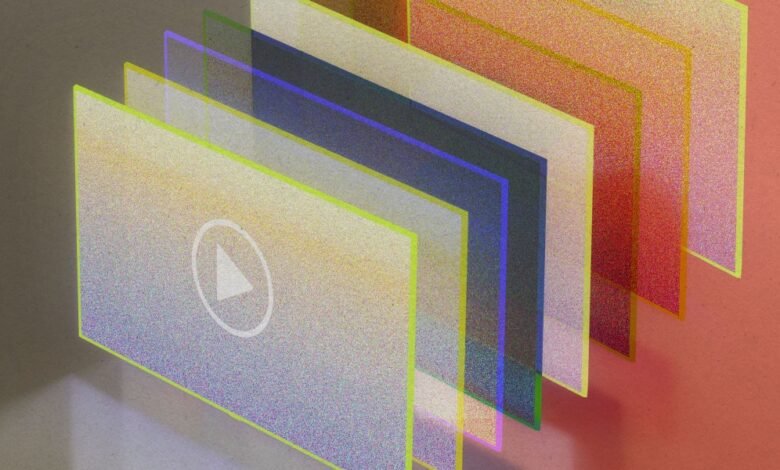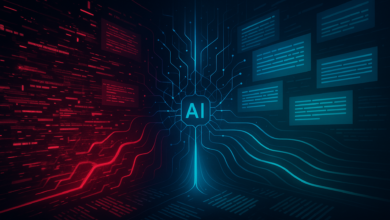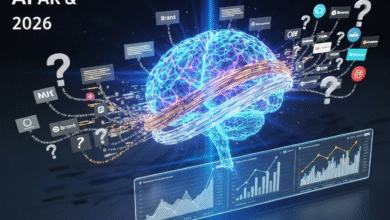How AI Models Create Videos

▼ Summary
– AI video generation tools like Sora and Veo 3 are now widely accessible through apps like ChatGPT and Gemini for paying subscribers.
– These tools enable even casual users to create impressive videos, though results can be inconsistent and often require multiple attempts.
– A significant downside is the proliferation of low-quality AI content and fake news footage on social media platforms.
– Video generation consumes substantially more energy compared to text or image generation, raising environmental concerns.
– Professional video makers can integrate these AI models into their workflows using high-end tools for enhanced production.
The ability to generate video through artificial intelligence has moved from experimental labs into the hands of everyday creators, offering unprecedented creative possibilities while raising important questions about authenticity and environmental impact. Platforms like Sora and Veo 3 are now accessible within popular apps such as ChatGPT and Gemini, enabling even amateur filmmakers to produce striking visual content with simple text prompts.
While promotional reels often highlight the most polished results, the reality for most users involves a process of trial and refinement. You might ask a model to visualize something whimsical, a unicorn enjoying a plate of spaghetti, perhaps, or its horn launching like a rocket, and receive a series of outputs that range from surprisingly accurate to amusingly off-mark. It frequently takes multiple attempts, sometimes a dozen or more, to arrive at a version that aligns closely with your original vision.
This accessibility comes with significant trade-offs. On one hand, it empowers individuals without technical expertise or expensive equipment to bring imaginative concepts to life. On the other, it contributes to an oversaturation of synthetic media, making it harder for authentic work to stand out and increasing the spread of misleading or entirely fabricated content. There’s also a substantial ecological consideration: video generation consumes far more energy than creating text or images, adding to the growing carbon footprint associated with widespread AI use.
Despite these challenges, the underlying technology represents a remarkable leap in machine learning. By analyzing vast datasets of video footage, AI models learn to predict motion, texture, lighting, and continuity frame by frame. They don’t simply stitch together existing clips but generate new sequences that reflect the descriptive input provided by the user. This capability is reshaping not only entertainment and marketing but also education, simulation, and virtual prototyping.
For those curious about how it works behind the scenes, the process typically involves diffusion models or transformer-based architectures that gradually refine random noise into coherent moving images. Each iteration improves alignment with the text prompt, though nuances like physics, emotion, and precise detail remain areas where human oversight is still essential. As the tools evolve, so too will the quality and reliability of what they can produce, making it an exciting, if complex, time to explore AI-driven video creation.
(Source: Technology Review)





